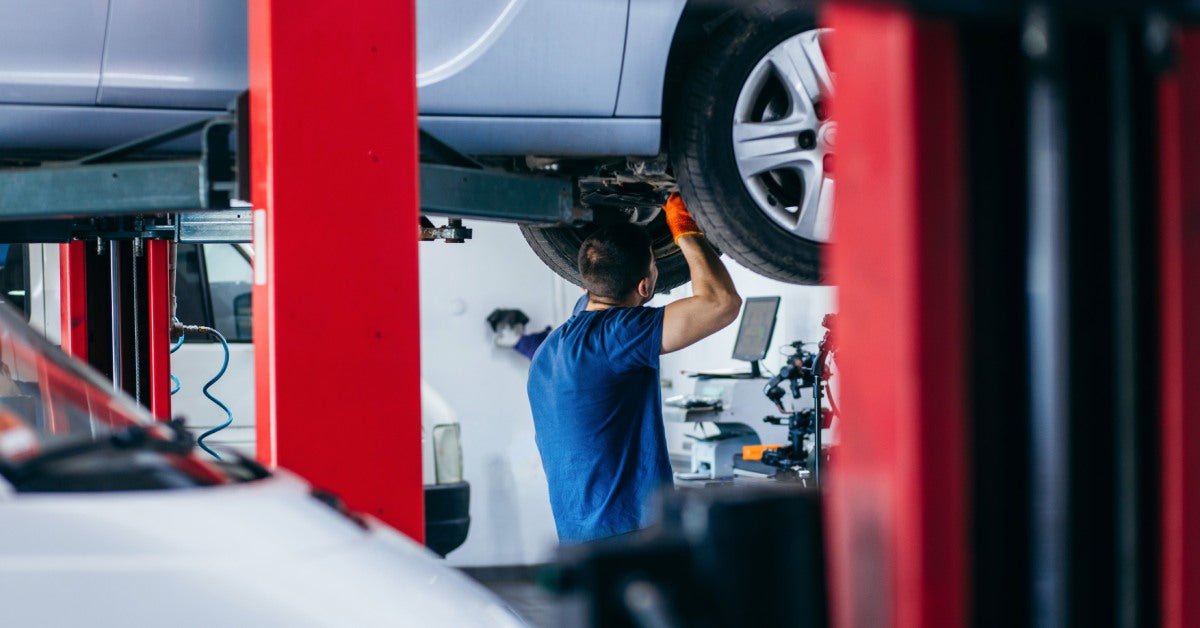Give your vehicle more protection from scratches and rust with undercoating. For many DIY enthusiasts and body shop owners, undercoating is an essential aspect of vehicle maintenance, but its application requires precision. Consider these pros and cons of undercoating your vehicle to help you decide if it’s the right choice.
Understanding the Undercoating Process
Undercoating is a protective layer on the vehicle’s undercarriage to prevent rust and corrosion. The materials used include rubberized sprays, wax-based treatments, or asphalt-based coatings, each offering varying degrees of protection.
After cleaning the surface and applying the primer, spray the undercoating product evenly to ensure full coverage. An additional layer of protection from rust-preventative paint is a good idea to ensure the undercoating lasts longer. Applying undercoating requires precision and patience for a uniform finish, so you may need to consider hiring a professional.
Advantages of Undercoating
One of the primary benefits of undercoating is that it protects against rust and corrosion, especially in areas with harsh weather conditions. Salt and snow from icy roads can cause significant damage, and quality undercoating creates a barrier.
Additionally, undercoating prolongs the lifespan of your vehicle’s undercarriage by preventing damage from dirt and debris. Undercoating seals cracks and chips in the vehicle’s surface, keeping your car safe from damage.
Drawbacks To Consider
While undercoating offers numerous advantages, there are potential downsides to consider. For one thing, the initial application is a little difficult to DIY. Proper application is crucial so that the undercoating does not trap moisture, leading to corrosion instead of preventing it. This risk highlights the importance of careful execution, whether you do it yourself or hire a professional. In addition, undercoating may require reapplication down the road, adding to expenses.
DIY vs. Professional Undercoating
Choosing between DIY and professional undercoating depends on various factors. DIY offers more freedom in your workspace but demands time, effort, and skill to achieve effective results.
On the other hand, professionals offer expertise and equipment that ensure a uniform application, though at a higher price. Evaluate your resources and confidence in tackling the project to decide.
Tips for Effective Undercoating
If you’re planning on applying undercoating yourself, try these tips:
- Ensure the vehicle’s undercarriage is clean and rust-free before applying the coating.
- Choose a high-quality product suited to your climate and driving conditions.
- Invest in specialized equipment for efficient and effective application.
Knowledge is the most valuable tool in your DIY toolbelt. Follow instructions carefully, and do not hesitate to consult a professional if needed.
There are many pros and cons to undercoating your vehicle. Weighing the advantages against the potential pitfalls, such as moisture trapping, is essential. Ultimately, you must make an informed decision about the best option for your vehicle.


